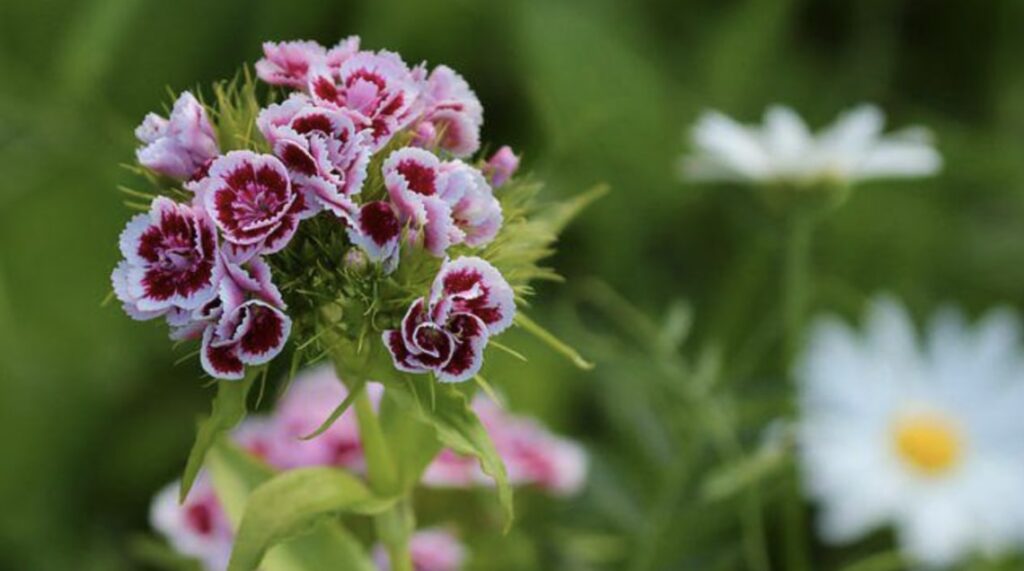Dianthuses (a.k.a. pinks) belong to the plant family that includes the lovely carnations. They are very common flowers and originate from Asia, Africa, and Europe.
Whether you want to plant them as an annual, biennial, or perennial, it’s your choice. And you can get to enjoy their flower show for a long time since they bloom in all seasons except winter.
So you’re not mistaken if you’ve decided to grow them in your garden or home. These flowers are extremely easy to care for, and we will be showing you how.
Growing Dianthus Plants


Dianthus plants can thrive in direct and indirect sun so long as they get at least six hours of exposure daily.
The soil you grow them in must be basic as well as well-drained and healthy. If it’s on the acidic side, you can correct the soil toward basic by adding limestone or wood ashes to it.
Heavy clay soil can prevent water from reaching the roots. If your soil is this kind, it’s better to plant them in raised beds or containers for better drainage.
Concerning temperature, they can fare well in ordinary hot and cold temperatures. But if it’s going to get too cold (below 40℉), cover the plants with a frost blanket.
Unlike other flowers, it’s not essential to provide them with fertilizer. Just mixing compost into the soil once a year is enough.
Caring for Dianthuses


Water dianthuses only once a week. And do so only at the base of the plant to prevent making the leaves wet and causing mildew to grow.
When transplanting the plants, put them at the same level as they were in their previous containers. Each plant should be spaced about 12 to 18 inches in between to allow for air circulation.
Furthermore, there’s no need to mulch around them as long as you keep their soil moist regularly.
Pruning is also needed to tidy up the plant and foster new flower growth, especially on varietals, or they may also seed and form new plants without your wanting it.
Furthermore, in winter, you can cut back the stem until there are one to two inches left above the soil, but don’t worry, as they’ll naturally grow back the next spring.
Because perennial dianthuses live only for a short while, they have to be propagated by root division, pruning, or layering. Layering is a method of plant propagation wherein the new plant is still attached to the mother plant as it grows.
Pests that can harm your dianthuses include spider mites and aphids. You can get rid of them, though, by applying neem oil or insecticidal soap on the plant.



